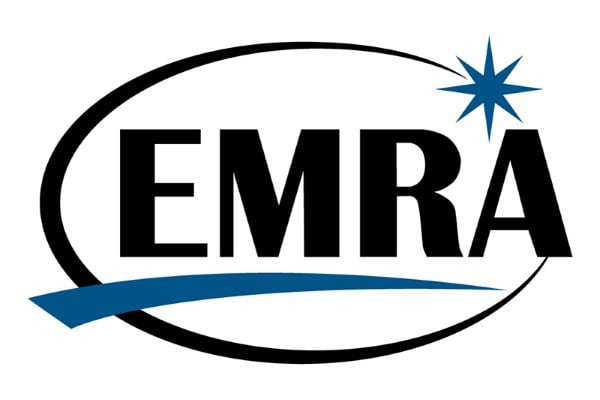How to Form and Lead an EMIG
Forming and Leading an Emergency Medicine Interest Group (EMIG)
If you are passionate about Emergency Medicine and interested in starting an EMIG, follow this guide from the EMRA Medical Student Council (MSC). Start by organizing a group of interested students to create an EMIG Formation Committee with the following goals:
- Contact your regional representative on the EMRA MSC for resources and suggestions about the process of establishing your own EMIG. Additionally, your representative can connect you with established EMIGs in your region for coordinated support. Find your representative from the EMRA MSC here.
- Select a chairperson/president to keep the Formation Committee organized.
- Identify a faculty advisor (or faculty advisory board).
- Identify the mechanism at your school to officially recognize a student interest group. A letter to the Dean of Students is normally the best first step to accomplish this.
- Thoroughly advertise the first meeting to all interested students. Describe the work the formation committee has already completed and call for elections to be held. See Running a Successful EMIG Meeting for tips.
- At the first meeting, elect EMIG officers and dissolve the Formation Committee. Among the elected officials, we highly recommend including an EMRA liaison position to maintain contact between your respective EMIG and EMRA.
Congratulations! You officially created your own EMIG - what next?
Once you have successfully created your EMIG, structure your group to best expose students to the field of Emergency Medicine. Below is a list of attributes of effective EMIGs that can be used as a template to organize initial goals and activities for the year:
- Hosting skills labs (e.g. splinting, suturing, wound care, etc.)
- Recruiting speakers for lunch lectures
- Assisting with shadowing opportunities for first-and second-year students
- Connecting interested students with research opportunities
- Organizing community outreach programs
- Creating a network of alumni from your school to provide guidance on matching into Emergency Medicine from your own institution
- Establishing a relationship with your state ACEP chapter
- Encouraging advocacy within the state’s ACEP chapter and at the national level
See the Ideas and Activities for EMIGs page for additional event suggestions.
Ideas and Activities for EMIGsAdditionally, we highly recommend maintaining effective communication with your regional representative from the EMRA MSC. Your representative can assist with projects, answer questions, and help you request materials from the EMRA headquarters (membership applications, copies of EM Resident Magazine to hand out, or member benefit information). If your state chapter has its own MSC, your representative can also help you establish communication with other EMIGs to pool resources and ideas. Working with other EMIGs from your region is a great way to expand your programs and increase exposure for your EMIG members. Your EMRA MSC regional representative can also help you establish a relationship with your ACEP state chapter, an excellent source of resources including contact with EM leaders in your area.
More information on MSCsMost importantly, enjoy the opportunity to serve as a leader in your field! Getting involved with your EMIG is an excellent way to share your passion for Emergency Medicine with others.
Related Content

Aug 25, 2017
Your Home
The Emergency Medicine Residents' Association EMRA is the voice of emergency medicine physicians-in-training and the future of our specialty and the largest and oldest independent resident organization in the world. EMRA was founded in 1974 and today has a membership over 18,000 residents, medical students, and alumni.

May 26, 2023
PD Interview Saks at Crozer Chester
In the latest installment of our PD Q&A series, we are highlighting the Crozer Chester Medical Center Emergency Medicine Residency program. We spoke with the current PD Dr. Mark Saks, MD, about what makes his program unique and what he looks for in potential residents.

Apr 04, 2023
Not Just a URI: Serious Complications With Sinusitis
This case demonstrates the serious complications that can accompany sinusitis, including orbital cellulitis and septic thromboembolism with intracranial abscess. Rhinosinusitis, defined as inflammation of the mucosal lining of the nasopharynx and sinuses, is most commonly caused by a viral infection. Acute bacterial rhinosinusitis (ABRS) most commonly occurs when there is a secondary infection of the sinuses.




